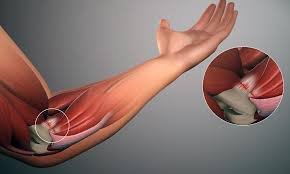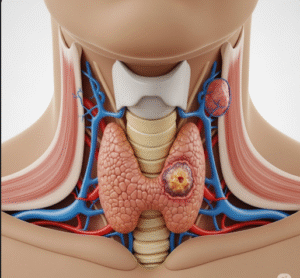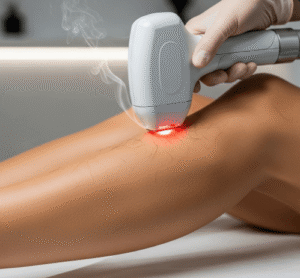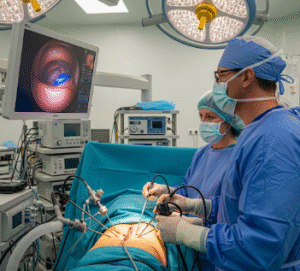Overview
Cubital Tunnel Syndrome is a neurological condition caused by compression or irritation of the ulnar nerve at the elbow. This nerve controls sensation and movement in parts of the hand and forearm. Left untreated, the condition can lead to weakness, numbness, and muscle wasting. South Korea provides advanced diagnostic tools and surgical options for effective management of cubital tunnel syndrome.
What is Cubital Tunnel Syndrome?
Cubital Tunnel Syndrome occurs when the ulnar nerve, which passes through a groove at the inner elbow (cubital tunnel), is compressed or stretched. This can interfere with nerve signaling to the forearm and hand, causing sensory and motor symptoms.
Symptoms
- Numbness or tingling in the ring and little fingers
- Weak grip or difficulty holding objects
- Pain or aching on the inner side of the elbow
- Clumsiness in the hand, especially with fine motor tasks
- Wasting of the hand muscles in severe or chronic cases
- Symptoms may worsen at night or with elbow flexion
Causes
- Prolonged elbow flexion or leaning on the elbow
- Repetitive elbow movements in sports or work
- Direct trauma or injury to the elbow
- Arthritis or bone spurs narrowing the cubital tunnel
- Congenital anatomy variations
Risk Factors
- Occupations involving repetitive elbow bending or pressure
- Frequent sleeping with elbows bent
- Age over 40
- History of elbow fractures or dislocations
- Participation in sports like baseball or cycling
Complications
- Chronic numbness or tingling
- Permanent muscle weakness or atrophy in the hand
- Decreased hand dexterity
- Loss of fine motor control in advanced cases
- Chronic pain or discomfort
Prevention
- Avoid prolonged elbow flexion or leaning on elbows
- Use elbow pads during activities
- Take frequent breaks during repetitive tasks
- Perform nerve gliding and stretching exercises
- Maintain overall upper body strength and flexibility
Treatment Options in Korea
South Korea provides multidisciplinary management for cubital tunnel syndrome, from conservative care to surgical interventions:
- Diagnosis
- Physical examination and Tinel’s sign at the elbow
- Electromyography (EMG) and nerve conduction studies
- Ultrasound or MRI to identify structural causes of compression
- Conservative Treatment
- Elbow splints or braces to keep the elbow straight at night
- Activity modification and ergonomic adjustments
- Nonsteroidal anti-inflammatory drugs (NSAIDs) for pain
- Physical therapy including nerve gliding exercises
- Surgical Intervention
- Ulnar nerve decompression: Relieves pressure without moving the nerve
- Ulnar nerve transposition: Moves the nerve to a less compressive position
- Surgery is usually recommended when conservative treatment fails or there is muscle weakness
- Post-Surgical Care
- Gradual range-of-motion exercises
- Strengthening and rehabilitation of the hand and forearm
- Regular follow-up to monitor nerve recovery and hand function













